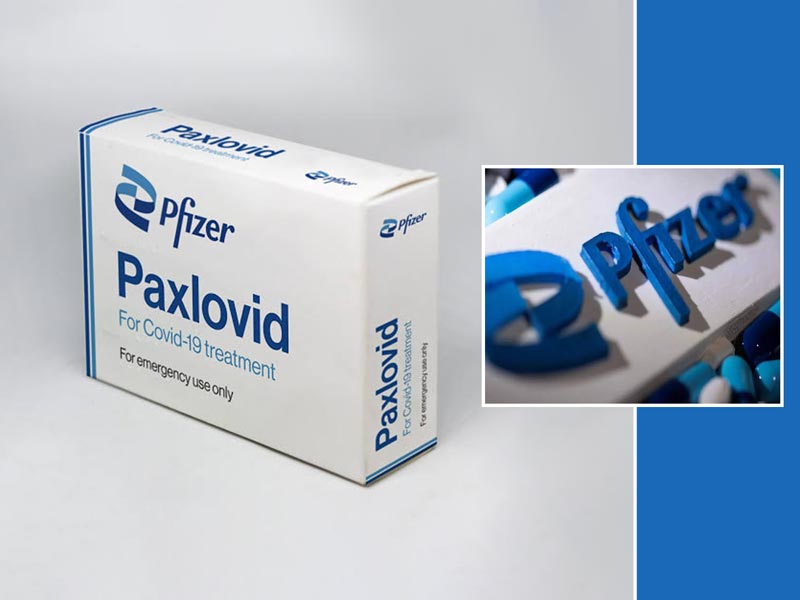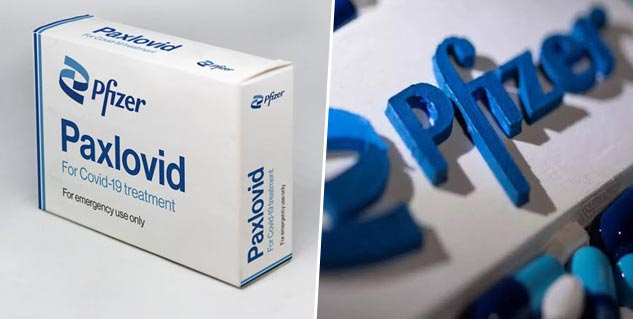
In a recent study published in the Annals of Internal Medicine, researchers have found that Paxlovid, a drug known for its effectiveness in preventing severe COVID-19 cases, may carry an increased risk of virologic rebound.
Key Findings
- Approximately 1 in 5 individuals treated with Paxlovid experienced a phenomenon known as "virologic rebound," where patients recovered from COVID-19, tested negative, but later tested positive again and began shedding live virus.
- Virologic rebound occurred in over 20% of people taking Paxlovid, in contrast to the 2% rebound rate observed in those not prescribed the drug.
- Individuals with virologic rebound shed the virus for an extended period, averaging 14 days, compared to fewer than five days in non-rebound cases.
Expert Insights
- Dr. Mark Siedner, an infectious disease clinician at Massachusetts General Hospital, highlighted the unexpected prevalence of virologic rebound and its implications for potential virus transmission after recovery.
- Dr. Jonathon Li, an infectious disease physician at Brigham and Women's Hospital, defended the overall efficacy of Paxlovid, emphasising its role as a lifesaving drug for high-risk patients. He noted that the study provides valuable insights for Paxlovid patients, helping them understand what to expect and the duration of potential contagion.

Study Methodology
- The study followed 142 individuals with COVID-19, categorising them based on Paxlovid prescription. Researchers closely monitored viral loads and symptoms, revealing a significant disparity in virologic rebound rates.
- The study's approach involved regular follow-ups, sometimes spanning months, with in-home sample collection. This comprehensive strategy allowed for a nuanced understanding of patients' experiences with Paxlovid, surpassing the limited assessment points in earlier clinical trials.
While the study suggests an increased risk of virologic rebound with Paxlovid, healthcare professionals maintain the drug's essential role in preventing severe COVID-19 outcomes. Patients using Paxlovid are encouraged to be aware of potential risks, although the overall benefits in preventing hospitalisations and deaths remain substantial. Ongoing research and monitoring will contribute to a more nuanced understanding of Paxlovid's impact on COVID-19 patients.



.jpg)



